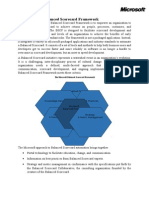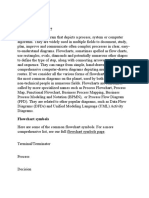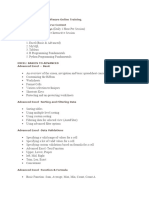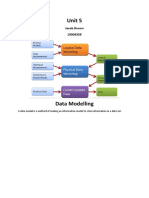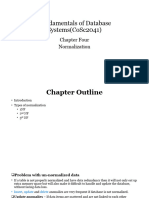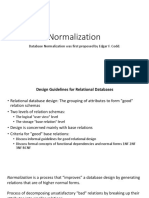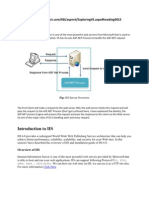0% found this document useful (0 votes)
89 views34 pagesLecture #4-1. Normalization
The document discusses database normalization. It defines normalization as structuring and removing redundant data from relations to improve storage efficiency and data integrity. Normalization involves dividing larger tables into smaller tables and linking them using relationships. The goals of normalization are to minimize data redundancy, eliminate modification anomalies like update, delete and insert anomalies, and bring the database to higher normal forms. The document explains the concepts of functional dependencies, different normal forms like 1NF, 2NF, 3NF and BCNF and provides examples.
Uploaded by
TobiasCopyright
© © All Rights Reserved
We take content rights seriously. If you suspect this is your content, claim it here.
Available Formats
Download as PDF, TXT or read online on Scribd
0% found this document useful (0 votes)
89 views34 pagesLecture #4-1. Normalization
The document discusses database normalization. It defines normalization as structuring and removing redundant data from relations to improve storage efficiency and data integrity. Normalization involves dividing larger tables into smaller tables and linking them using relationships. The goals of normalization are to minimize data redundancy, eliminate modification anomalies like update, delete and insert anomalies, and bring the database to higher normal forms. The document explains the concepts of functional dependencies, different normal forms like 1NF, 2NF, 3NF and BCNF and provides examples.
Uploaded by
TobiasCopyright
© © All Rights Reserved
We take content rights seriously. If you suspect this is your content, claim it here.
Available Formats
Download as PDF, TXT or read online on Scribd
/ 34


